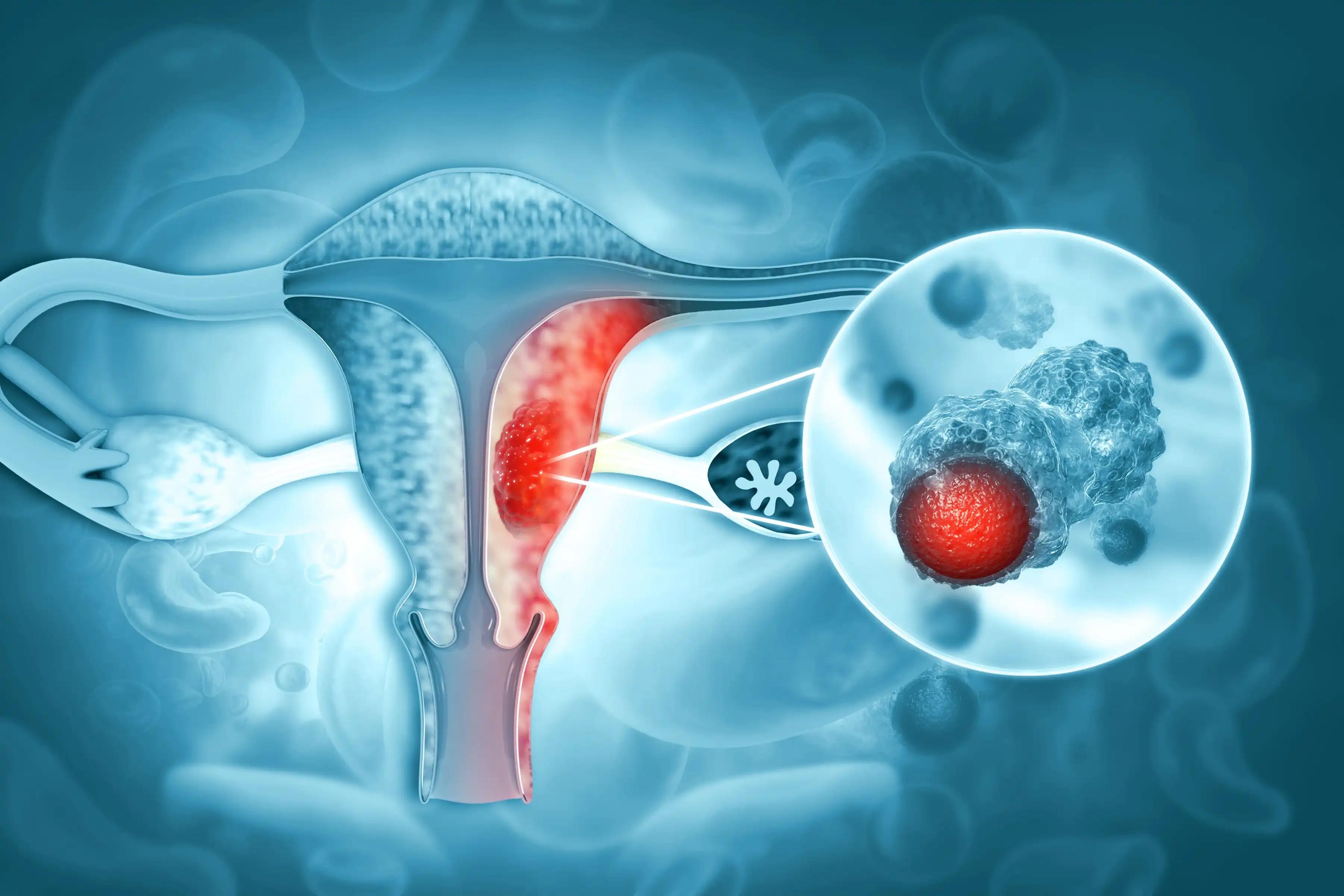KEY TAKEAWAYS
- The FPG-500 trial aimed to interpret the POLΕ variants in pts with EC.
- The interpretations indicated that consideration of factors other than POLE mutations may lead to better accuracy in detecting variants.
Exceptional survival outcomes were observed in individuals bearing POLE gene mutations among patients (pts) with endometrial cancer (EC). Considering the TCGA data and a pragmatic score provided by Leon-Castillo et al., 11 POLΕ mutations have been recognized as “hotspots”.
Although international guidelines encourage molecular testing and de-escalation of adjuvant treatment in early-stage EC, there is an ongoing debate on whether POLE status should be prioritized over established prognostic factors in clinical decision-making. Moreover, the spread of comprehensive genome profiling programs (CGP) has highlighted the need to interpret variants that are not yet considered hotspots.
Rita Trozzi and the team aimed to provide a deeper insight into the genomic and clinical characterization of a large, prospective, population with EC for better characterization of POLΕ variants.
Researchers selected pts diagnosed with epithelial EC who underwent surgery at Fondazione Policlinico Universitario A. Gemelli IRCCS. These pts were analyzed using the Institutional CGP program (ID: FPG500) with TruSight Oncology 500 high throughput. Mutational and signature analyses were conducted and integrated with clinical data.
About 387 pts’ cases were included and divided into 4 groups according to POLE status: Group A consisted of hotspot mutations (n=40); Group B had mutations in the exonuclease domain (EDM) that were not recognized as hotspots (n=7); Group C included mutations outside the EDM (n=14); and Group D comprised non-pathogenic variants (n=326).
Further, they analyzed the most frequently co-altered genes with hotspot POLΕ mutations, detecting RASA1 and LRP1B. By adapting Leon Castillo’s score to their cohort, and identified 4 pts who displayed different clinical and molecular characteristics relative to their supposed belonging group.
Results revealed that each group’s median values (range) were reported for tumor mutational burden (TMB) and mutation types. Group A had a TMB of 137.75 mutations per megabase (mut/MB) (range: 28.3-714.5), with C>A mutations at 9.54 (range: 4.69-16.04), C>G at 3.87 (range: 2.31-5.52), T>G at 4.95 (range: 2.74-7.37), and indels at 3.2 (range: 2.31-4.46). Group B exhibited a TMB of 35.5 mut/MB (range: 2.4-301.4), with C>A mutations at 4.26 (range: 3.22-12.48), C>G at 5.04 (range: 2.09-6.01), T>G at 3.15 (range: 2.46-3.69), and indels at 4.45 (range: 2.31-6.39). Group C had a TMB of 30.1 mut/MB (range: 2.4-148.3), with C>A mutations at 4 (range: 3.29-4.56), C>G at 5.39 (range: 4.05-5.89), T>G at 3.29 (range: 2.71-4.16), and indels at 5.02 (range: 4.19-11.45). Group D showed a TMB of 7.1 mut/MB (range: 0-147.9), with C>A mutations at 3.89 (range: 2.82-12.7), C>G at 5.35 (range: 3.49-6.46), T>G at 3.35 (range: 2.35-4.31), and indels at 4.47 (range: 2.81-8.33).
The trial concluded that results raised the question that considerations of additional features may need to be considered to interpret the value of POLE status better.
The trial was sponsored by Fondazione Policlinico Universitario Agostino Gemelli IRCCS.
Source: https://cslide.ctimeetingtech.com/gynae24hybrid/attendee/confcal/show/session/4
Clinical Trial: https://clinicaltrials.gov/study/NCT06020625
Trozzi R, Marco L D, Mastrantoni L, et al. (2024). “Interpreting somatic POLE mutations in endometrial cancer emerging from comprehensive genomic profiling.” Presented at ESMO-GC 2024, (Abstract 42MO)



